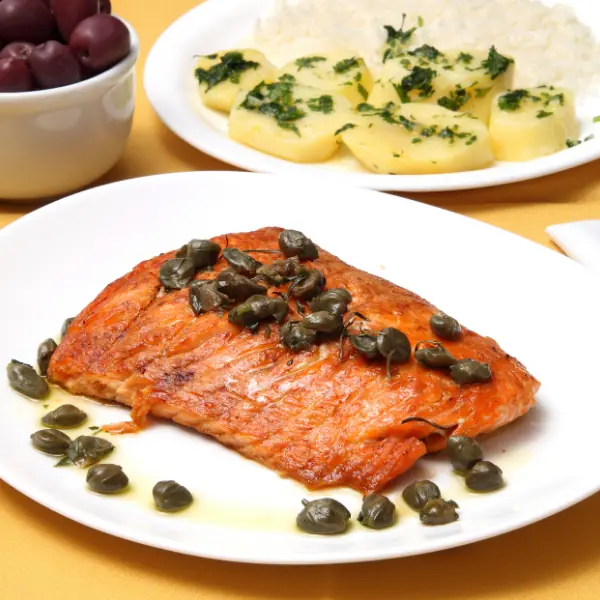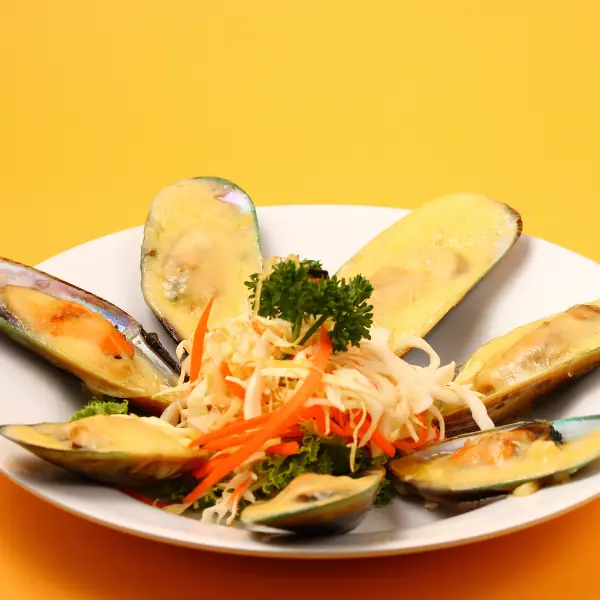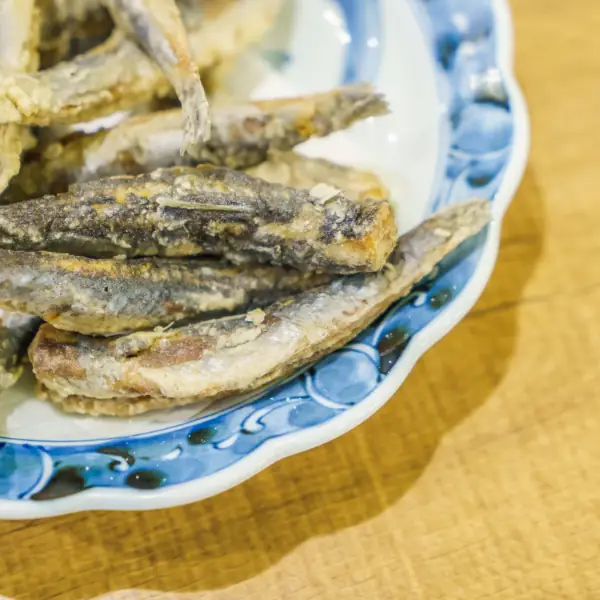Working out and finding it hard achieving your daily protein intake goal without supplements?
Well, put your protein shake a side because we got you covered.
In this list we show you some of the highest protein foods you can find.
Foods that will help you meet your daily recommended protein intake.
Foods, that with some of them, you probably didn't even knew were rich in protein.
So, let's just cut to the chase.
Let's start.
Lean Meats & Poultry
1. Chicken breast - A staple in fitness
Chicken breast is what most people think of when they think “fitness,” and for a good reason. It’s a lean (meaning low-fat) way to get a ton of protein in a single serving. A medium chicken breast, grilled with the skin eaten, gets you 33 grams of protein with only 13 grams of fat. Be sure to choose white meat over dark, as dark meat ups the amount of fat.
2. Lean beef - Not all cuts are equal
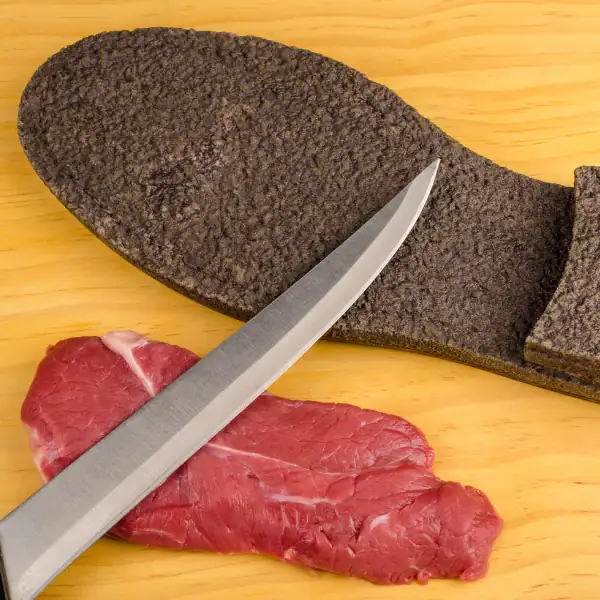
When it comes to beef, not all cuts are created equal. It’s best to follow the USDA guidelines to get a lean cut of meat. Options like top sirloin steak, bottom round roast/steak, or top round roast/steak are good choices. A 3.5 ounce serving of sirloin gets you almost 20 grams of protein.
3. Turkey breast - A great alternative to chicken
Turkey is an excellent choice for protein as it’s even leaner than chicken. The same 3.5 ounce serving of turkey breast offers 28 grams of protein with less than a single gram of fat. You can roast turkey with herbs for a delicious, easy way to get more protein into your diet.
4. Bison - A healthier red meat
If you’re looking for an alternative to beef, bison is a great choice. It’s low in saturated fat, and a 3-ounce serving has 21 grams of protein. Use it in all the same ways you’d use beef — ground, in steaks, or grilled.
5. Pork - Again, watch your cuts
Pork, like beef, can be pretty healthy, but you have to make sure you’re getting a lean cut. Pork tenderloin or pork chops are good choices, as they’re less decadent than the belly or ribs. A 3-ounce boneless lean serving of pork gets you 24 grams of protein and only 3 grams of fat.
6. Lamb - Provides solid nutrients
If you eat red meat, lamb provides some solid nutrients. It’s high in zinc, vitamin B12, omega-3, niacin, and vitamin B6. It’s also got the same omega-3s found in fatty fish. However, this meat is another one where you have to be careful of your cuts. A 3-ounce serving with bone and fat removed will get you 18 grams of protein.
7. Veal - A controversial choice
If you decide to eat veal — which is a baby male cow, hence the controversy for eating a baby animal — you’ll get more than 10% of your daily needed values of zinc, niacin, and vitamins B12 and B6. When you choose a lean cut, you also get 27 grams of protein and only 5 grams of fat.
8. Kangaroo - A unique choice
Kangaroo is a unique red meat choice. If you live somewhere, it’s readily available. It’s high in the healthy fat conjugated linoleic acid (CLA) and omega-3s. A 3-ounce steak of lean kangaroo meat has 21 grams of protein and barely more than 1 gram of fat, all in slightly less than 100 calories. Basically, kangaroo is an extremely effective protein-for-calorie choice.
9. Emu - Not just for the birds
Emus are a flightless bird similar to ostriches. Like kangaroos, they’re a unique choice for protein if it’s available in your area. A single raw emu patty has 26 grams of protein and only 4 grams of fat, making it an excellent and lean source of protein.
10. Duck - Not Just In Chinese Cuisine
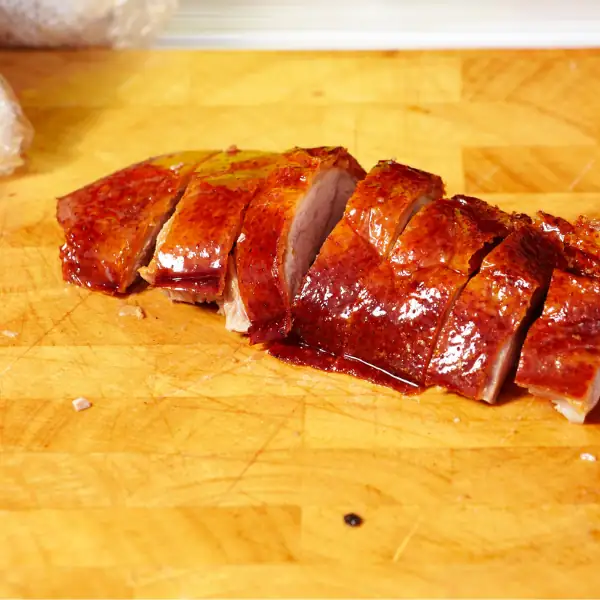
Duck isn’t served often in America; it doesn’t lend itself well to agricultural practices thanks to their need for more space and water than, for example, chickens. However, if you find duck on your grocery store shelves, you can expect 1 breast to get you about 22 grams of protein.
11. Goose - More iron than beef, pork, or chicken
Looking to up your iron intake as well as your protein? Goose is an excellent choice. Goose meat has more iron than beef, pork, or chicken. Plus, a 3-ounce serving has 19 grams of protein and only 6 grams of fat, so it’s another lean meat that’s great to add to your diet.
12. Venison - Also known as deer
Whether you hunt it yourself or not, venison — also known as deer — is an excellent source of lean protein. Just 3 ounces of roasted venison gets you an impressive 30 grams of protein with only 3 grams of fat, all for barely more than 150 calories. Plus, hunting and processing it yourself can actually save you money in the long run.
13. Buffalo - Not the same as bison
Although the terms are often used interchangeably, buffalo and bison are not the same animals. Buffalo meat is much lower in fat and higher in protein than beef, making it an attractive alternative. A 3-ounce serving yields 15 grams of protein with less than a single gram of fat.
Dairy
14. Cottage cheese - Used to be the dairy industry’s darling
While Greek yogurt gets a lot of attention for protein, cottage cheese is a strong dairy contender. Just 1 cup contains almost 25 grams. If you opt for a low-fat version, you get that protein with less than 200 calories and only about 5 grams of fat. And apparently, it’s surprisingly difficult to make.
15. Greek yogurt - Replaced cottage cheese
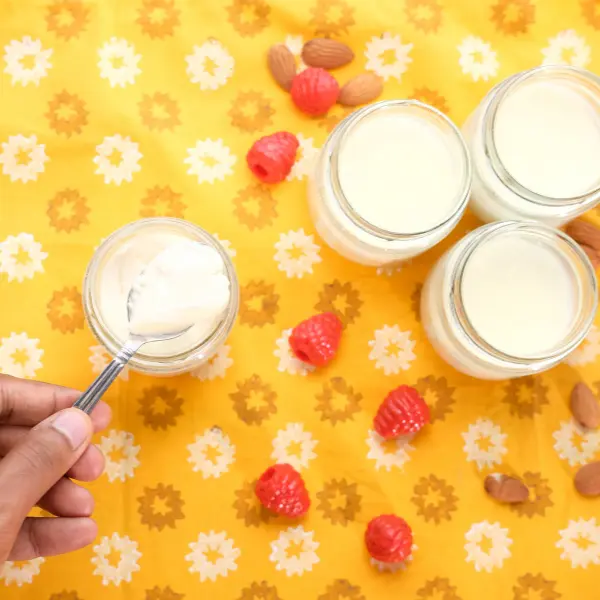
Speaking of Greek yogurt, somewhere in the 1980s, it replaced cottage cheese as America’s go-to fermented dairy product. If you opt for fat-free, it’s an excellent lean protein, with 1 cup containing the same 25 grams as cottage cheese. In addition to protein, yogurt is high in calcium and probiotics, the latter of which is excellent for your gut health.
16. Milk - Not as healthy as the dairy industry wants you to think
You’ve heard the slogan, “Milk, it does a body good,” right? Just how true is that? While milk does have a decent amount of protein for a beverage — about 8 grams per cup — it can also be high in saturated fats. Saturated fats are linked to various diseases like cancers, heart disease, and type 2 diabetes. If you do drink dairy milk, make sure to choose fat-free.
17. Parmesan cheese - For more than just pasta
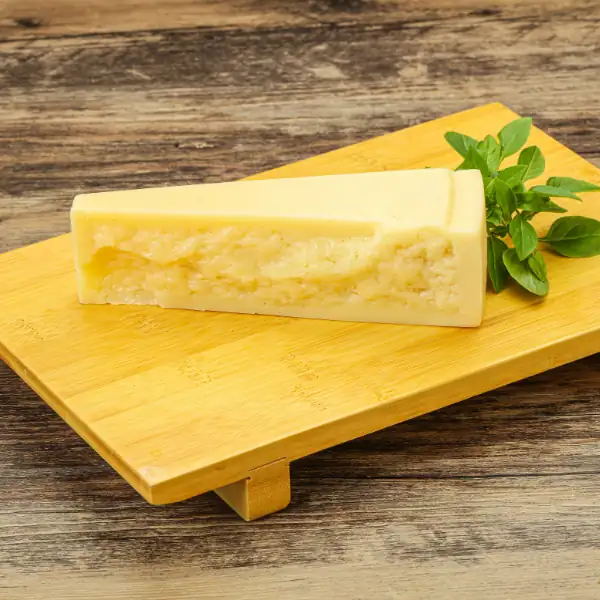
Cheese can be an excellent source of protein. In just 1 ounce of Parmesan, you can get the same protein as milk, 8 grams. Lacto-ovo vegetarians (eat dairy and eggs but no other animal products) should take care, however. Italian cheeses are usually made with animal rennet, which is an enzyme obtained from the fourth stomach of an unweaned calf and technically an animal product.
18. Mozzarella cheese - Pizza can be good for you
We’re not saying rush out and eat pizza for every single meal, but if you get it topped with mozzarella and perhaps meat, it becomes a decent source of protein. Mozzarella cheese has almost 7 grams of protein per ounce. Couple that with a whole wheat or cauliflower crust, pile on the veggies, and you’ve got a decently healthy meal.
19. Cheddar cheese - Not naturally orange
Cheddar is comparable to Parmesan in terms of protein, with 1 ounce containing almost 8 grams. However, that same ounce also contains almost 6 grams of fat, so even reduced-fat cheddar is best consumed in moderation. Did you know it’s also not naturally orange? Cheesemakers dye it using annatto, a seed from trees in Central and South America.
20. Goat cheese - Higher in fat than cheddar

Goat cheese is a good source of protein, though it’s even higher in fat than cheddar. A single ounce of goat cheese contains 6 grams of protein and 8.5 grams of fat. Despite the fat, goat cheese can actually be consumed by most people who are lactose intolerant. The fat globules are smaller, making them easier to digest.
21. Romano cheese - Slightly higher in protein
Romano cheese is similar to Parmesan but with a more robust, slightly saltier taste. It’s got 9 grams of protein per 1 ounce serving and 7 grams of fat, making it one of the more balanced cheeses. Romano pairs well with prosciutto, flatbread, and figs.
22. Swiss cheese - Reduced fat has the best balance
If you’re purchasing cheese, swiss cheese has the best balance of protein to fat (when you purchase reduced fat). A 1-ounce serving has 8 grams of protein and only 1.5 grams of fat. Swiss cheese has a long and varied history, including once being accepted as currency in Switzerland.
23. Provolone cheese - Perfect for cheesesteaks
Though most people pair provolone with a hoagie or Philly cheesesteak, provolone is actually quite versatile. It’s delicious on pizza and pasta, too. Plus, if you’re creative, you can even make your own at home. An ounce of reduced-fat provolone has 7 grams of protein and 5 grams of total fat.
Fish And Other Seafood
24. Tuna - Eat in moderation
Tuna is one of the lower protein fish but still fairly healthy for you. An ounce of smoked tuna has 7 grams of protein. It’s one of the most commercially valuable fish, but consume it in moderation. Canned white, or albacore, tuna has high levels of mercury.
25. Bluefin tuna - Higher protein than canned
We’re breaking out a few different kinds of tuna for comparison. A 3-ounce serving of bluefin tuna contains almost 20 grams of protein. Be careful purchasing this fish, however—certain types of bluefin tuna are endangered.
26. Yellowfin tuna - Also known as “ahi”
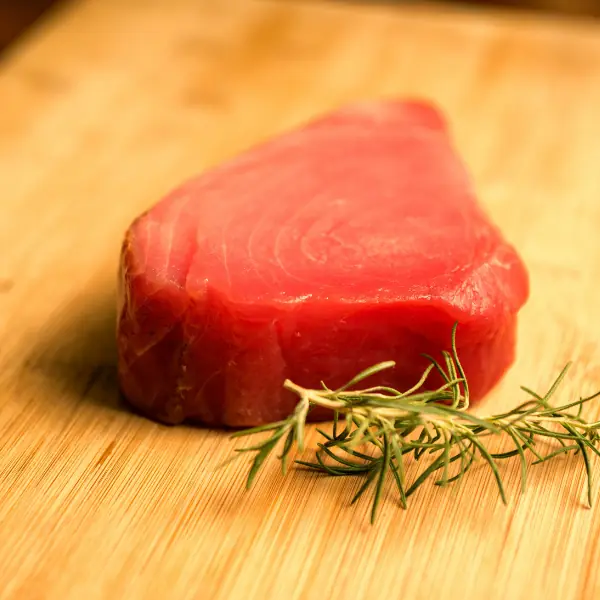
When you order ahi tuna at a restaurant, you’re getting yellowfin tuna. A 3-ounce serving of this fish offers 20 grams of protein and less than 1 gram of fat, making it an excellent lean choice. Yellowfin are not overfished, so purchase this tuna at will.
27. Skipjack tuna - An excellent lean meat
Skipjack tuna are the most abundantly available type of tuna you can eat. 3 ounces gets you 18 grams of protein and, again, less than 1 gram of fat. It’s one of the lower-mercury fish as well, so it’s safer to eat more frequently.
28. Shrimp - Go ahead and order the cocktail
Shrimp makes an excellent seafood choice if you’re prioritizing protein and want to keep your fat counts low. A single, medium shrimp has almost 1 gram of protein and 0.6 grams of fat. A serving of medium shrimp is anywhere from 7–10, which is a pretty solid protein dose. Shrimp is the most popular seafood in the US.
29. Salmon - Good source of omega-3s
Salmon is one of the “fatty” fish that are a good source of omega-3s. Don’t let the classification fool you: there’s barely 1 gram of fat in a 1 ounce serving of salmon. That same serving has almost 6 grams of protein.
30. Halibut - Another good source of omega-3s
Halibut is a second excellent source of omega-3s. It usually costs a bit more than other, more wallet-friendly fish like salmon and tuna. However, a 1-ounce serving has 5 grams of protein and less than 1 gram of fat, so the extra expense might be worth it.
31. Prawns - A very lean choice
Prawns and shrimp are similar but not the same creature. Prawns have a sweet taste and firm texture, making them a delicious way to get your protein. A 3-ounce serving of prawns gets you 13 grams of protein and basically no fat.
32. Crab - Great for avoiding fat
These crustaceans are great sources of seafood protein. One 3-ounce serving contains 15 grams coupled with less than half a gram of fat. Common types include the Alaskan King crab or the Dungeness crab.
33. Lobster - Very high amounts of protein
Lobster is one of the best sources of protein from the sea. A single medium lobster (about 2.5 pounds when alive) yields an impressive 60 grams of protein! It’s also less than 300 calories and has just over 2 grams of fat. You can’t beat that level of health.
34. Mussels - Consume 20 for adequate protein
When harvested from approved waters, mussels are healthy to eat. Small mussels contain just over 1 gram of protein each. There are about 20 mussels per recommended serving, so that protein adds up.
35. Oysters - Good source of minerals
Oysters have an above-average amount of healthful minerals such as selenium, zinc, iron, magnesium, and B vitamins. They’re also high in protein, with almost 3 grams per 1 Pacific oyster. Eat anywhere from 3 to 6 (depending on size) for your serving.
36. Clams - Eaten raw or cooked
You can eat clams, like oysters, raw or cooked. A single, medium clam contains just over 2 grams of protein. Clams are best the day they’re harvested, so make sure you’re getting fresh ones.
37. Scallops - Eat the muscle that opens and closes the shell
Similar to mussels, oysters, and clams, scallops are mollusks that are delicious raw or cooked. A single scallop has almost 2 grams of protein. Scallops have an appealing texture and a somewhat succulent flavor. Enjoy 4–5 large scallops in your serving.
38. Anchovies - On pizza or not
Anchovies commonly come in cans, though you can get them on pizzas too. A 2-ounce can of drained anchovies has 13 grams of protein and less than 100 calories, making them an excellent snack. When not processed, anchovies are pretty delicious.
39. Sardines - Highest recommended by doctors
If there’s one fish doctors and dieticians want you to eat more of, it’s sardines. Each 3-ounce serving gives you 2 grams of heart-healthy omega-3s, making them one of the highest levels coupled with the lowest levels of mercury. They’re also high in calcium, vitamin D and contain 13 grams of protein.
40. King mackerel - Try it smoked
King mackerel is most delicious when it’s smoked. It’s also delicious in stake form or flavored with lemon saffron. A 3-ounce serving contains 17 grams of protein and just over 1 gram of fat.
41. Haddock - Focus on the Northeast Arctic
If you care about sustainability, choose haddock fished from seas in the Northeast Arctic using “seabird-friendly” methods. Haddock has a mildly sweet taste and lean meat. 3 ounces of haddock has 13 grams of protein and less than half a gram of fat.
42. Northern pike - High in vitamin D
Northern pike is high in vitamin D, containing more than 100% of your daily requirement. Plus, a 3-ounce serving has 16 grams of protein. Like most fish, you’ll also find omega-3s in northern pike.
Eat Up
We know it might be hard getting sufficient protein on a daily basis without supplementing.
But we hope that this list will open a world of possibilities when it comes to how and from where you get your daily dose of protein.
Maybe even to a level where you don't need the help of protein shakes.
If you think we missed a food you know is packed with protein please let us know in the comments below.
Oh, and also let us know if you liked the article, that's cool too 😉


